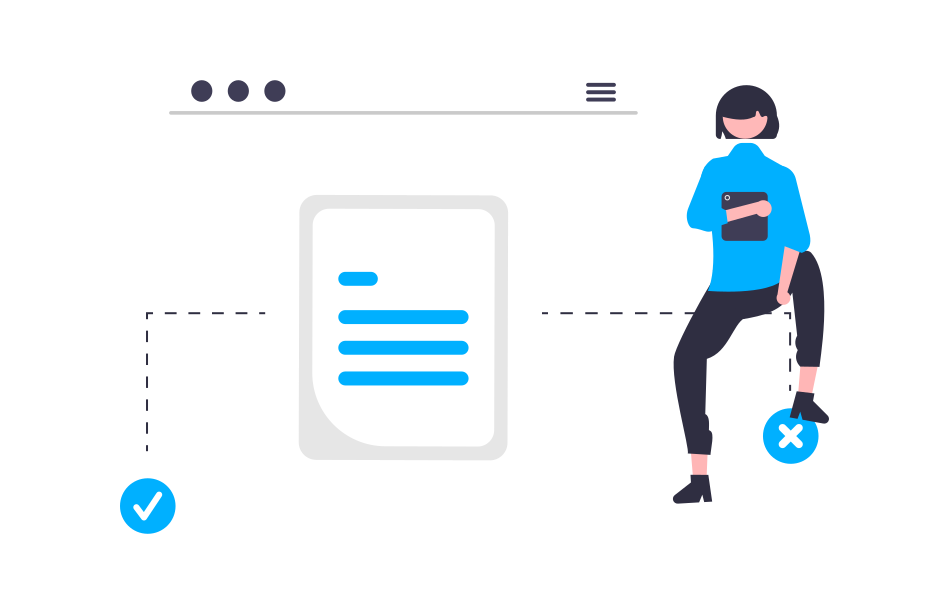Are you looking for ways to feel more secure in your employment situation and prepare for any potential changes in the future? “Career cushioning” may be the solution you are looking for! This trend involves taking proactive steps to create a backup plan for your employees in case of an unexpected job loss. By taking the time to assess and build upon your skills, refresh your online profiles, and network, and gather job references, you can set yourself up for success and have options available should your current employment situation change. Don’t wait until it’s too late – start career cushioning today and feel more confident in your career path.
What is Career Cushioning?
Career cushioning is the process of creating an employment backup plan while you are still employed, in case of an unexpected job loss. It involves taking active steps to protect yourself and ensure that you have options available should your current employment situation change.
Why Engage in Career Cushioning?
There are a number of reasons why employees may choose to engage in career cushioning. It can be a way to prioritize your own livelihood and career goals while still being committed to your current job. It may also be a response to feeling like you may be forced into a job shift in the near future, such as in the case of a layoff or quiet firing.
Here are some tips for how to start career cushioning:
- Assess Your Skills: Take inventory of your skills (both hard and soft) so that you know what you have to offer and can potentially pinpoint any gaps you can work on.
- Refresh Your Profile, Resume, and References: Update your resume, LinkedIn profile, and any other online profiles or portfolios you have. Be sure to highlight your skills and experiences in a way that will make you stand out to potential employers. Consider gathering job references, even if you are currently fully employed.
- Network: Networking can be a helpful way to get your name out there and connect with potential job opportunities.
- Keep Learning: Consider continuing your education or taking professional development courses to keep your skills current and in demand.
Overall, career cushioning is a proactive approach to ensuring that you are prepared for the unexpected and have options available if you do experience a change in your employment situation. By taking the time to assess and build upon your skills, refresh your online profiles, network, and gather job references, you can set yourself up for success and cushion yourself against the potential pain of a job loss.








